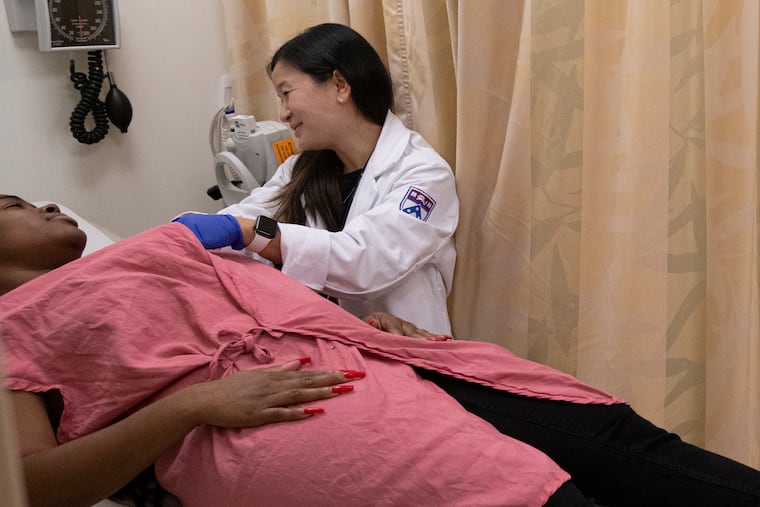Doctors disagree on whether breast self-exams for women with average cancer risk are helpful or harmful
Research found that women with average risk who did self-exams were more likely to be put through unnecessary tests, scans, and biopsies and were no less likely to develop or die from cancer.
